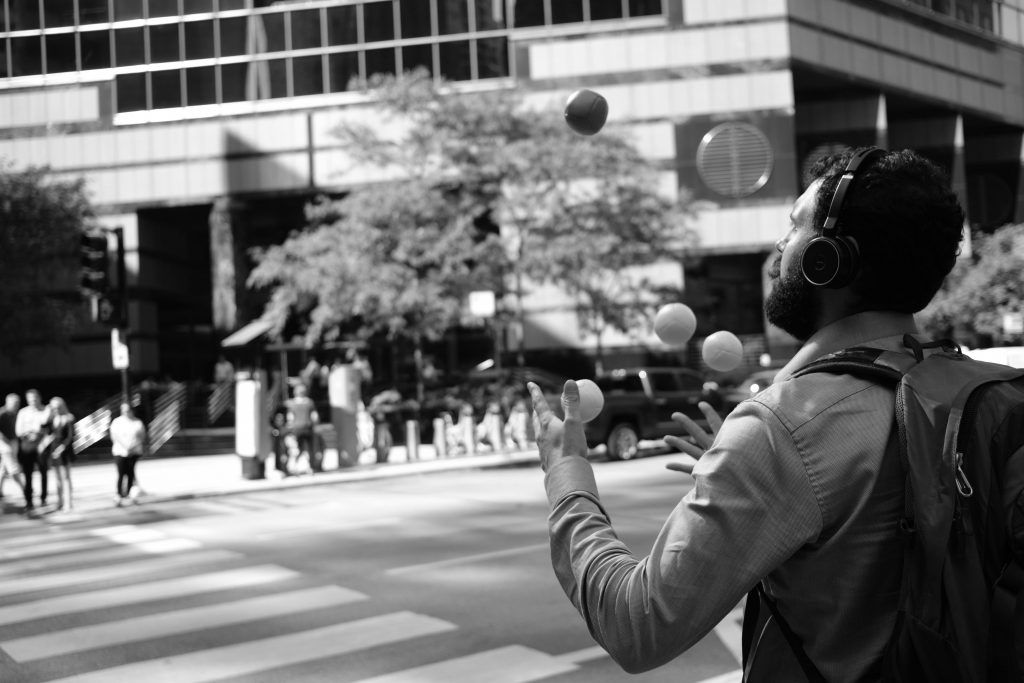Multitasking: Does it Work?

Right off the bat, does multitasking make you more productive? It is impossible to come up with a definitive answer to this question. According to a long line of research, multitasking mostly leads to poor results or performances. Yet we continue to see multitasking as a key skill for many job candidates and one that millions of employees across the globe continue to do.
Let’s break it further down if multitasking is really a myth or an actual gameplan for productivity, especially inside the office.
What is Multitasking?

Multitasking is defined as ‘to deal with more than one task at the same time’ by Oxford. That definition is lacking and does not say anything about the outcome and its quality. If people were to stick to that definition alone then multitasking is easy and that’s what they’ve been doing all along. However, employees are not limited to that definition. The real meaning of multitasking for employees is to take care of more than one task at the same time to save time and be more productive. All of that without sacrificing the quality of the work put in. That is the definition we all want to achieve.
There are different deciding factors to determine whether multitasking works or not including the individual’s skills and focus, the tools available, deadlines, the difficulty level of tasks at hand and possibly more.
Several research studies concluded that multitasking does not work. One common finding among these studies is that people are not really multitasking, rather they are simply switching from one task to another. It has been proven that the brain is not built for multitasking, therefore the act itself is an illusion in our heads that makes us feel productive. Multitasking is also highly associated with making many mistakes given that an individual’s focus is divided.
However, there are emerging evidence that the illusion of multitasking actually improves performance for simple tasks. According to a 2019 research study from Yale University, multitasking works at some circumstances and that there is a credit to it. However, we are talking about simple tasks that don’t require much focus and cognitive thinking. ‘How close or far the nature of one task is from another could have a big effect on the outcome,’ Gal Zauberman, professor at Yale School of Management explained.
If you think about it, multitasking is mostly a matter of subjective perception and the best way to determine if it is working or not is to wait for the results or the assessment of the tasks you’ve accomplished.
Switchtasking vs Background Tasking
What most people consider as multitasking is often switchtasking or background tasking. Switchtasking is attempting multiple tasks, all requiring focus at the same time, that mostly results in loss of time, poor outcomes and increased stress levels. Background tasking on the other hand is accomplishing a primary task while something passive or mindless occurs in the background that doesn’t require much attention. For example, writing an annual report and then replying to a text message from a loved one. Background tasking, unlike switchtasking is actually known to improve productivity.
Multitasking, switchingtasking and background tasking are not completely similar, but they all share the same objective, to get things done better and quicker. Knowing which one of these you are doing is key to assessing what you need to improve on to succeed in multitasking.
The Right Approach to Multitasking

Multitasking doesn’t always work, but, it also doesn’t always not work. In the last couple of years, instead of shutting the entire idea of multitasking, some people are finding ways on how to improve on it. The first step in improving your multitasking skills is acknowledging your limits and then improving. Getting it done and getting it done right are two different things.
The right mindset is not ‘multitasking improves productivity.’ It should be ‘productivity improves multitasking.’ By being productive at work, you improve yourself giving you better grounds and understanding of your role and what needs to be done.
No one gets multitasking right the first time, the second time or even the third time. But, it is not all that bad. Multitasking works because you make it so.











